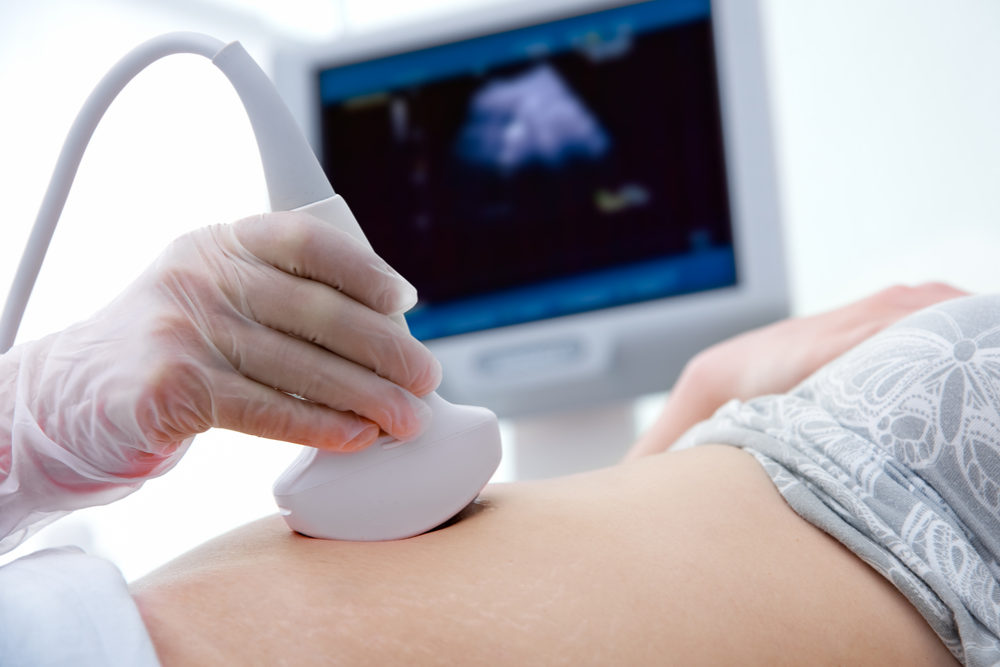Opioid Use During Early Pregnancy May Cause Slight Increase In Oral Cleft Birth Defects

The findings of a new study highlight additional concerns about the side effects of opioid use early in pregnancy, indicating children may face an increased risk of developing a cleft palate, cleft lip or other birth defects.
Opioids during pregnancy increased the risk of cleft palate by four to five additional cases per 10,000 pregnancies, according to a study published last week by Harvard researchers in the medical journal The BMJ. However, risk for other birth defects did not appear to increase.
Researchers conducted a study focusing on a nationwide sample of publicly and commercially insured pregnant women linked to their infants. The research focused on data from two sources, the Medicaid Analytic eXtract (MAX) from 2000 to 2014 and the MarketScan Research Database from 2003 to 2015.

Did You Know?
Change Healthcare Data Breach Impacts Millions of Customers
A massive Change Healthcare data breach exposed the names, social security numbers, medical and personal information of potentially 100 million Americans, which have now been released on the dark web. Lawsuits are being pursued to obtain financial compensation.
Learn MoreThe study included more than 1.6 million publicly insured pregnant women with eligibility from at least three months before pregnancy to one month after delivery with infants’ eligibility for at least three months after birth.
Researchers accounted for opioid use among women who had two or more prescription dispensations of any opioid painkiller, such as Vicodin or OxyContin, during the first trimester of pregnancy. Overall, 4% or roughly 70,000 of the publicly insured women and 1%, or 12,000 of commercially insured pregnant women, had two or more prescription dispensations of an opioid during the first trimester.
As the opioid crisis has worsened in recent years, use of narcotic painkillers have accounted for 70% of overdose deaths in the country. Use of opioids among the population has increased, largely due to doctor overprescribing habits.
According to the findings of this latest study, the risk of malformations overall was 41 per 1,000 pregnancies compared to 32 per 1,000 unexposed pregnancies in the MAX cohort. In the MarketScan cohort the risk was 42 per 1,000 exposed pregnancies and 37 per 1,000 unexposed pregnancies.
The data indicated the relative risk for oral clefts remained raised even after adjustment for other factors, but there was a higher risk of oral cleft defects. The risk for other birth defects, including heart malformations, club foot, or neural tube defects was low.
Prior studies have indicated opioid use may lead to debilitating birth defects, including exposed intestines. In recent years, neonatal abstinence syndrome problems have increased due to increased use of opioids during pregnancy. Infants born with opioid withdrawal symptoms have skyrocketed as the opioid crisis continues to worsen across the country. Some estimates indicate opioid addiction among pregnant women has increased more than 300%.
“Prescription opioids used in early pregnancy are not associated with a substantial increase in risk for most of the malformation types considered, although a small increase in the risk of oral clefts associated with their use is possible,” researchers concluded.





0 Comments